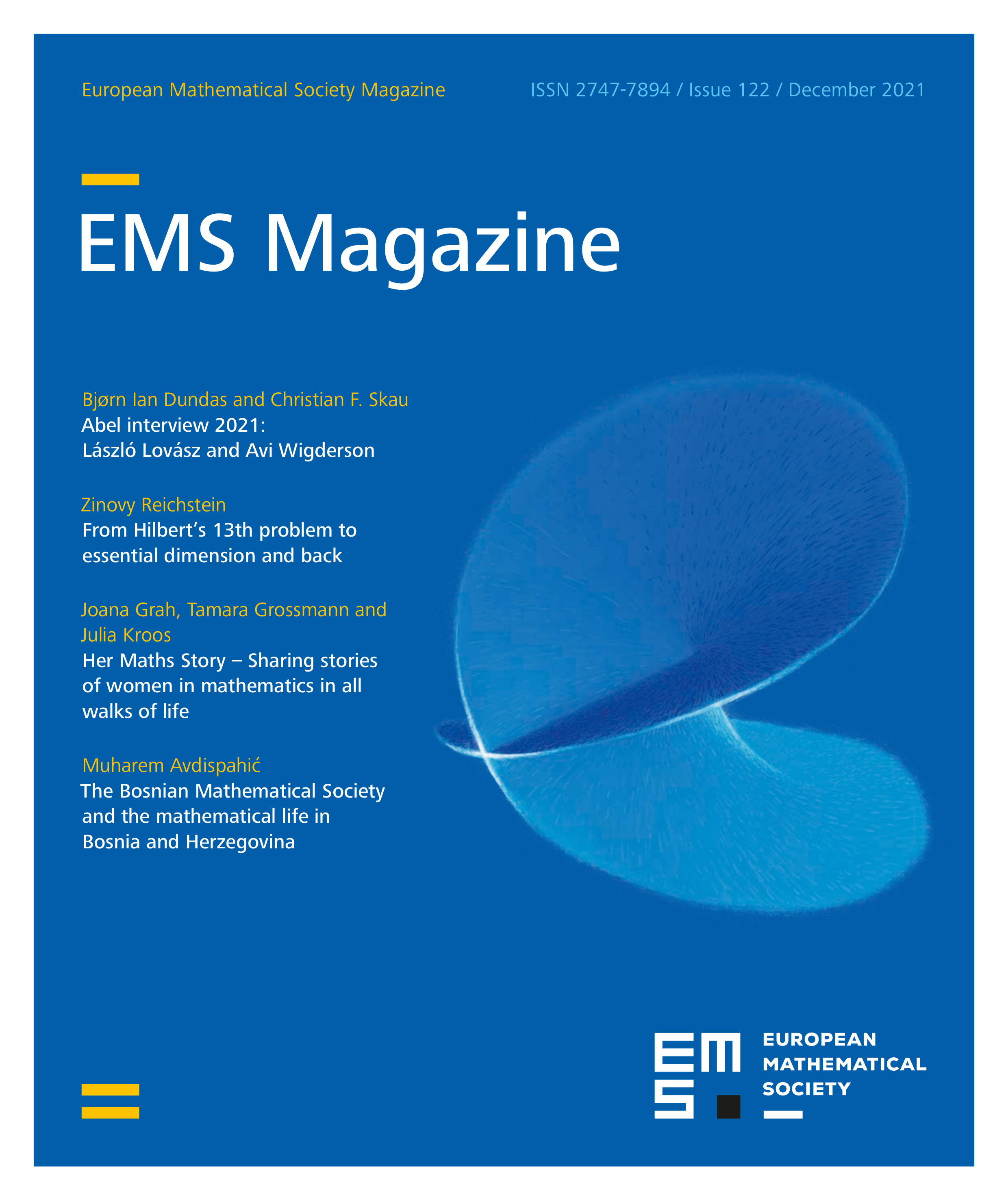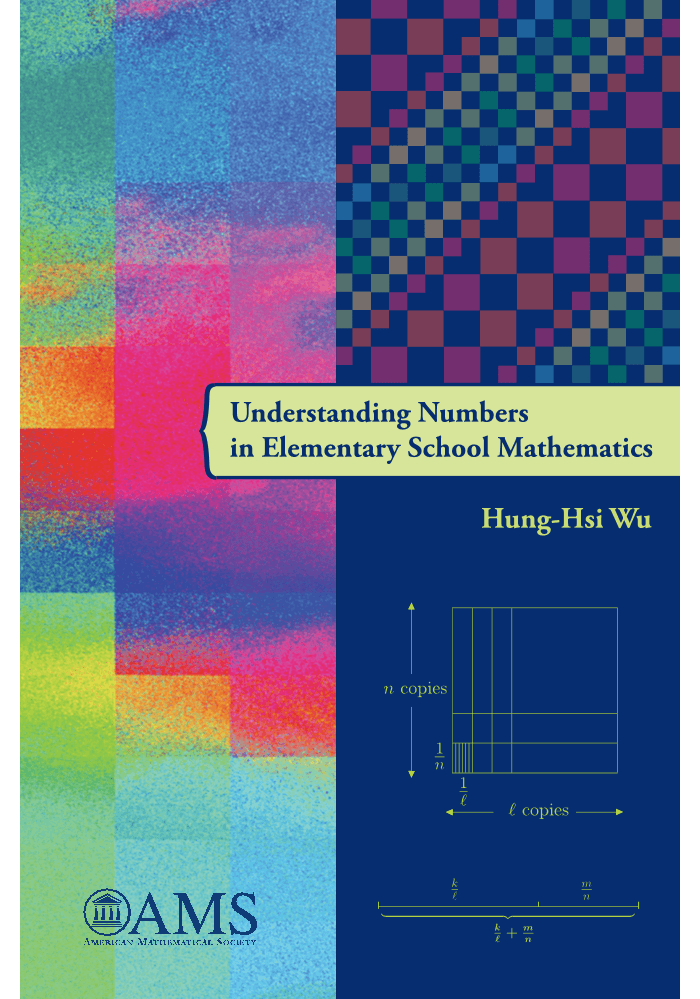All rights reserved.
For over half a century, the teaching of Mathematics in elementary, middle and high school has been the subject of intense debate among educators, mathematicians and politicians around the world. Dramatic changes have been introduced throughout the past decades in maths curricula and teaching methods in many countries and, taking into account the consequences of these policies, it has become clearer and clearer how some of their main features may have had a strongly negative impact on the ability of students to learn real mathematics, exactly as predicted by certain critics. The fact that this is still non-consensual, mainly among math educators and politicians, and that in some countries we can still witness successive contradictory movements in the area of math education, shows just how important it is to have at our disposal works of unquestionable quality devoted to that beautiful part of Mathematics that can and should be taught to students in the pre-university grades.
Prof. Hung-Hsi Wu has been one of the main members of the mathematical community to devote years of professional activity to the improvement of the teaching of pre-university mathematics. He was the coordinator and one of the main authors of the Common Core Mathematics Standard, a milestone in the rebirth of a sound K-12 curriculum for American schools, that has served as an inspiration to similar movements in many other countries. For the past decade, he has committed himself to write a series of volumes covering this curriculum, starting with the present one, which covers the most substantial part of the K-6 curriculum, namely numbers and operations.
The book is written for elementary school teachers, as a fundamental instrument for their mathematical education both during pre-service years and for their professional development. It also aims to provide a much needed resource for authors of textbooks. As the author points out, it was written after more than ten years of experimentation, in an effort to teach mathematics to elementary and middle school teachers. As it is clear that teachers should be able to go beyond what they have to teach in their understanding of school mathematics, the book also contains some topics that could be considered more appropriate for grades 7 or 8.
The book is written with the assumption, whose validity the author does an excellent job of explaining to the reader, that school mathematics is not a set of trivial topics that could be served to students with some degree of carelessness regarding the systematic and comprehensive approach that any mathematical theory requires, under the illusion that it is enough to comply with some more or less widely accepted, although rather arguable, pedagogical principles. On the contrary, to cite the author:
“If we want a coherent curriculum and a coherent progression of mathematics learning, we must have at least one default model of a logical, coherent presentation of school mathematics which respects students’ learning trajectory. It is unfortunately the case that, for a long time, such a presentation has not been readily available. The mathematical community has been derelict in meeting this particular social obligation.”
With these principles in mind, it is not difficult to guess that the reading of this volume can be a delight to anyone with the ability to appreciate the beauty of the use of human reasoning in our quest to understand the world around us. The set of its potential readers should thus surely not be restricted to those for whom it was primarily intended, but should include anyone with the basic capacity and will to make the necessary effort required here, as for any other really worthwhile enterprise.
In principle, reading this book requires no previous mathematical knowledge, as should be clear by the fact that the first section of Chapter 1 of Part 1 is entitled “How to Count”. From there on, the author uses precise definitions and logical reasoning to treat all subsequent topics; but this means that while one can find everything one needs to follow these developments inside the book, the successive steps do require a serious effort. In practice, as the author points out, “it can be too much of a challenge if you are unfamiliar with the procedural aspect of elementary school mathematics”.
The precise content of the book has been carefully chosen to cover all the required topics while simultaneously allowing for a systematic mathematical development suitable as a background to organize the teaching of numbers and operations to K-6 students. Although one could devise approaches that differ in some details, this is not a field where too much can be left to the imagination of too many members of the educational community. A deep knowledge of mathematics is required, but also a deep respect for what past generations can teach us on these subjects, since in the case of basic mathematics one can benefit from literally hundreds, and in some cases thousands of years of a successful chain of transmission of knowledge from generation to generation. Thus, not only does this work fill a long standing gap in the school mathematics literature, but it does so in a basically unavoidable way.
After a first part on the introduction of whole numbers, including operations and algorithms, one finds perhaps the core of the book and of the whole of the K-6 curriculum, which is the second part, devoted to fractions. Generations of students have been deprived of the possibility of attaining a minimal understanding of this topic by the mistreatment of the subject in schools around the world; it is sad to verify that even where some efforts have already been made to correct this situation, there have been recent educational policies reversing these corrections. The author not only explains what lies behind these mistreatments, but sets out to establish a sound and detailed basis for a correct way to teach this central subject throughout the years of elementary school. Three more parts follow, on rational (relative) numbers, some elementary beautiful and basic topics of number theory and decimal expansions. On each topic the author provides the reader with numerous illuminating activities whose solutions can be found online, and an excellent choice of a wide range of exercises.
Hung-Hsi Wu, Understanding Numbers in Elementary School Mathematics. American Mathematical Society, 2011, 551 pages, Hardback ISBN 978-0-8218-5260-6, eBook ISBN 978-1-4704-1210-4
Cite this article
António de Bivar Weinholtz, Book Review: “Understanding Numbers in Elementary School Mathematics” by Hung-Hsi Wu. Eur. Math. Soc. Mag. 122 (2021), pp. 66–67
DOI 10.4171/MAG/56
